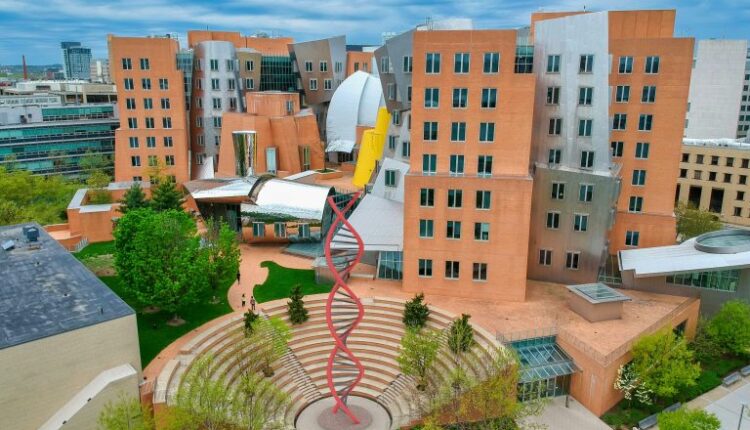MIT Trains The Next Generation Of Coffee Chemists – CoffeeTalk
Elaine Jutamulia ’24 and Omar Orozco, part of class 3.000 (Coffee Matters: Using the Breakerspace to Make the Perfect Cup), a new MIT course that debuted in spring 2024, explored how additives like anise, salt, and chili oil influence coffee extraction. The class combines lectures on chemistry and the science of coffee with hands-on experimentation and group projects. Their project explored how additives like anise make bitter coffee smoother and could balance the taste.
The three-unit “discovery class” designed to help first-year students explore majors, 3.000 was widely popular, enrolling more than 50 students. The class’s success was driven by the beverage at its core and the class’s hands-on approach, which pushes students to ask and answer questions they might not have otherwise. Aeronautics and astronautics majors Gabi McDonald and McKenzie Dinesen, who love coffee, were drawn to the class because it encouraged them to experiment and think in new ways.
The class pairs weekly lectures on topics such as coffee chemistry, the anatomy and composition of a coffee bean, the effects of roasting, and the brewing process with tasting sessions — students sample coffee brewed from different beans, roasts, and grinds. In the MIT Breakerspace, a new space on campus conceived and managed by the Department of Materials Science and Engineering (DMSE), students use equipment such as a digital optical microscope to examine ground coffee particles and a scanning electron microscope to reveal cross-sections of beans in stunning detail.
The driving force for these projects is a question they have about coffee raised by one of the lectures or the tasting sessions, or something they’ve always wanted to know. Professor Jeffrey Grossman, who designed and teaches the class, traces the origins of the class to his initial vision for the Breakerspace, a laboratory for materials analysis and lounge for MIT undergraduates.
In a class at MIT, students were inspired by the concept of coffee, the second-most-consumed beverage after water. The students, led by Orozco and Jutamulia, gained a deeper understanding of the beverage through various projects. Orozco taught in Mexico through the MISTI Global Teaching Labs program, where he toured several coffee farms and acquired a deeper knowledge of the beverage. He learned that black coffee isn’t naturally bitter; bitterness arises from certain compounds that develop during the roasting process.
In the 3.000 class, Orozco expanded his understanding of making a good brew through a group project with Jutamulia and other students to fix bad coffee. They prepared a control sample of “perfectly brewed” coffee based on taste, coffee-to-water ratio, and other standards covered in class, alongside coffee that was under-extracted and over-extracted. Under-extracted coffee, made with water that isn’t hot enough or brewed for too short a time, tastes sharp or sour. Over-extracted coffee, brewed with too much coffee or for too long, tastes bitter.
The group also investigated coffee storage, questioning why conventional wisdom advises against freezing. They compared methods like freezing brewed coffee, frozen coffee grounds, and whole beans ground after freezing, evaluating their impact on flavor and chemical composition. The team used a class coffee review sheet to record attributes like acidity, bitterness, sweetness, and overall flavor, pairing the results with FTIR analysis to determine how storage affected taste.
Other student projects compared caffeine levels in different coffee types, analyzed the effect of microwaving coffee on its chemical composition and flavor, and investigated the differences between authentic and counterfeit coffee beans. Justin Lavallee, Breakerspace manager and co-teacher of the class, told the students to focus on something they wanted to learn more about.
Both students and teachers gained deeper insights into the beverage, learning about the science and chemistry behind coffee, as well as new brewing techniques. Dinesen and McDonald discovered that darker roasts have less caffeine than lighter roasts, breaking a common misconception that coffee can vary just with the roast of the bean and the size of the ground.
Tony Chen, a materials science and engineering major, reflected on the 3.000’s title — “Using the Breakerspace to Make the Perfect Cup” — and whether making a perfect cup is possible. Grossman hoped to inspire enthusiasm for coffee’s complexity and the discovery process in his students, as they developed their own sense of curiosity.
Read More @ MIT
Source: Coffee Talk



